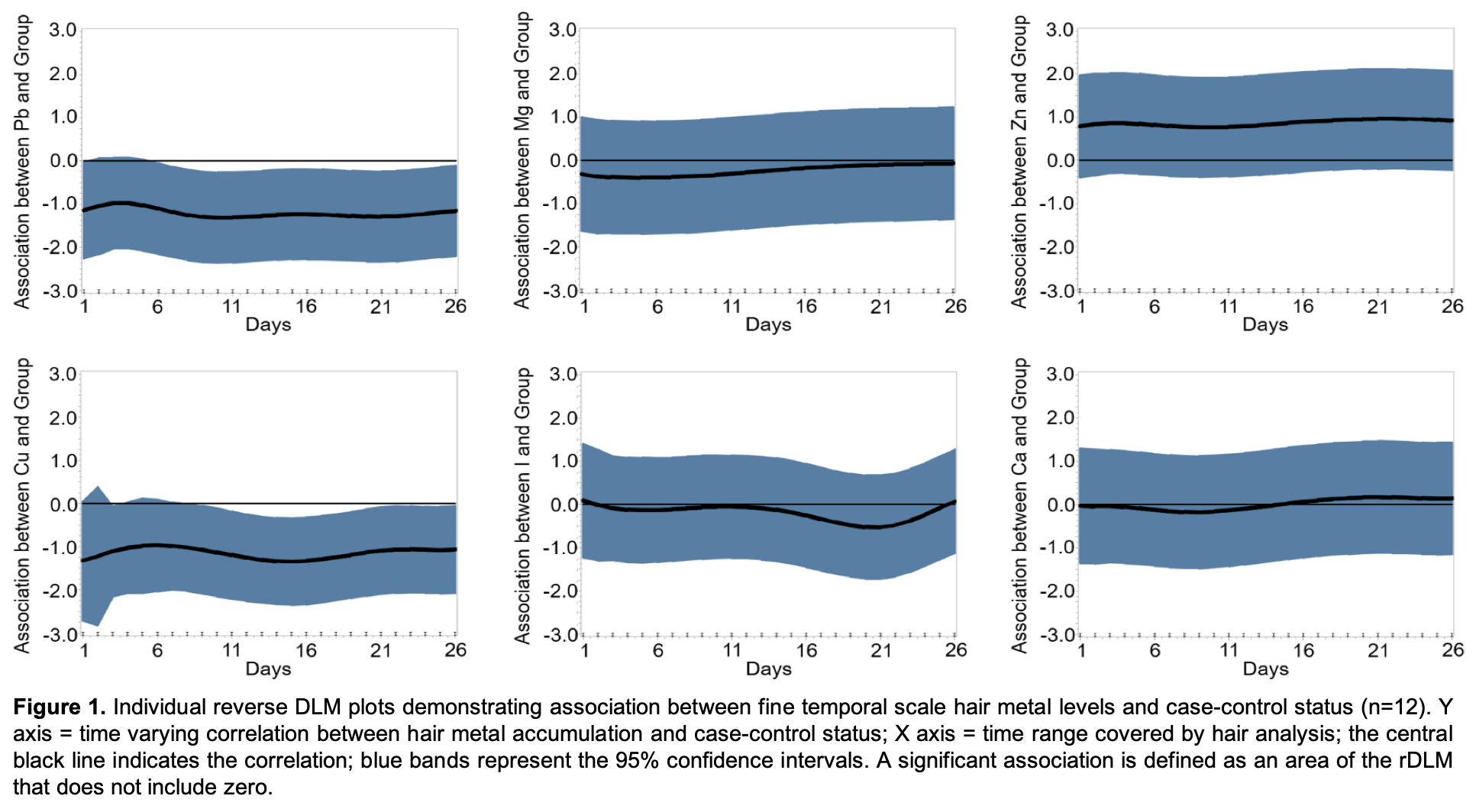Measuring Environmental Elemental Exposure in the Hair Allows to Identify Kidney Transplant Recipients at Risk of Acute Rejection
1St. Orsola Hospital, University of Bologna, Bologna, Italy, 2Parma University, Parma, Italy, 3Icahn School of Medicine at Mount Sinai, New York, NY
Meeting: 2020 American Transplant Congress
Abstract number: B-327
Keywords: Kidney transplantation, Rejection
Session Information
Session Name: Poster Session B: Biomarker Discovery and Immune Modulation
Session Type: Poster Session
Date: Saturday, May 30, 2020
Session Time: 3:15pm-4:00pm
 Presentation Time: 3:30pm-4:00pm
Presentation Time: 3:30pm-4:00pm
Location: Virtual
*Purpose: Most biomarkers are representative of a single moment in time, which, even when repeatedly assessed, may not capture trends or variability. Hair is a unique matrix for biomarker development. As it grows, circulating metals, metabolites and nutrients are captured in the matrix, providing a series of snapshots of what is circulating in the body over time. Analyses of these captured chemicals over the length of the hair can be used to reconstruct a temporal profile, enabling investigation of the chemical time series and how it is associated with acute rejection.
*Methods: We collected hair from 6 kidney transplant recipients at the time of biopsy-proven acute cellular rejection and 6 age- and sex-matched control kidney transplant recipients with no acute rejection at surveillance biopsy at the same time after transplant. We measured 6 elements along the hair to cover a period representing the month preceding hair collection. The sampling resolution is approximately every 4 hours, a significantly finer resolution than that achievable with urine or serum sampling. We used a variation of a distributed lag model (DLM) to assess the time varying association of metal metabolism and risk of kidney rejection. DLMs estimate the effect of exposure on the outcome risk at each time point in a time series, adjusting for exposure at other time points.
*Results: Patients in the acute rejection and control groups were comparable for demographics and baseline clinical characteristics. Induction and maintenance of immunosuppressive therapies were also comparable. Across the 6 analyzed elements, there was no significant difference in the average values. However, time specific analyses showed that lead (Pb) and copper (Cu) were significantly lower in the rejection group and this difference was already apparent one month before the clinical event (Figure 1).
*Conclusions: Hair accumulation of Pb and Cu start differing significantly between patients who develop acute rejection and those who do not at approximately one month before the event. This study provides the first proof of concept that metals in hair are valuable biomarkers to risk-stratify organ transplant recipients.
To cite this abstract in AMA style:
Angeletti A, Gandolfini I, Cantarelli C, Maggiore U, Gaetano L, Fiaccadori E, Reid-Adam J, Saland J, Curtin P, Curtin A, Austin C, Cravedi P. Measuring Environmental Elemental Exposure in the Hair Allows to Identify Kidney Transplant Recipients at Risk of Acute Rejection [abstract]. Am J Transplant. 2020; 20 (suppl 3). https://atcmeetingabstracts.com/abstract/measuring-environmental-elemental-exposure-in-the-hair-allows-to-identify-kidney-transplant-recipients-at-risk-of-acute-rejection/. Accessed December 19, 2025.« Back to 2020 American Transplant Congress

